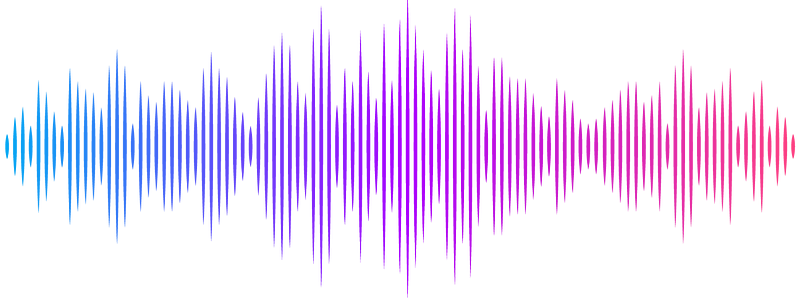Observing Grazing Behavior Transitions in Cafeteria roenbergensis with Video-Rate Two-Photon Microscopy

Observing Grazing Behavior Transitions in Cafeteria roenbergensis with Video-Rate Two-Photon Microscopy
Rahaman, A.; Chacon, M.; Xian, Y.; Xiao, C.; Li, C.
AbstractGrazing behavior of free-living aquatic heterotrophic nanoflagellates (HNFs) on bacteria plays a central role in shaping microbial community structure and nutrient cycling. However, direct observation of these interactions has been limited by the rapid motility of flagellates and the transient nature of predator-prey encounters. To address this gap, this study presents a novel application of video-rate two-photon fluorescence microscopy for high resolution, real-time imaging of fast-moving microorganisms. HNF Cafeteria roenbergensis is used as a model system to investigate dynamic grazing interactions between fluorescently stained bacteria and the flagellates, where the flagellates are detected via their intrinsic cellular autofluorescence. This two-photon microscope combined with real-time imaging capability enables continuous capture of contact, capture, ingestion, and digestion steps during grazing. Quantitative analysis across varying prey concentration reveals phase-specific durations and saturation behavior in grazing activities. Furthermore, transitions in grazing dynamics across two continuous periods of flagellates in starved and fed conditions are observed in live time series videos. This technique provides a powerful new tool to study rapid microbial interactions in situ and can be broadly applicable to diverse microbe-microbe systems. With the integration of targeted fluorescent molecular probes, this technique holds significant potential for uncovering mechanical and biochemical interactions underlying microbial feeding and communication.\n\nSignificanceThis study significantly advances microbial ecology by applying video-rate two-photon fluorescence microscopy to directly visualize and quantify the rapid grazing behavior of flagellates on bacteria. By enabling real-time observation of contact, ingestion, and digestion during the grazing events, the technique overcomes limitations of traditional imaging. It captures behavioral transitions tied to physiological states, offering quantitative insight into microbial predator-prey dynamics. This method establishes a broadly applicable platform for studying fast, transient microbial interactions. Although current limitations include the lack of 3D tracking, emerging optical technologies promise enhanced capabilities, paving the way for deeper understanding of microbial processes in aquatic ecosystems.